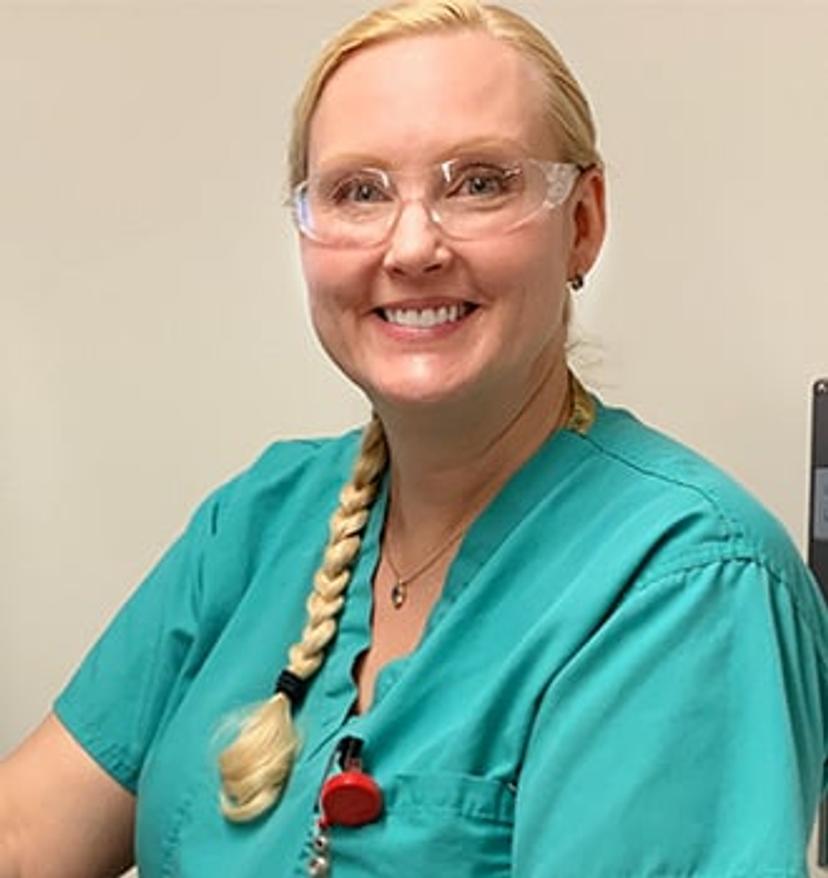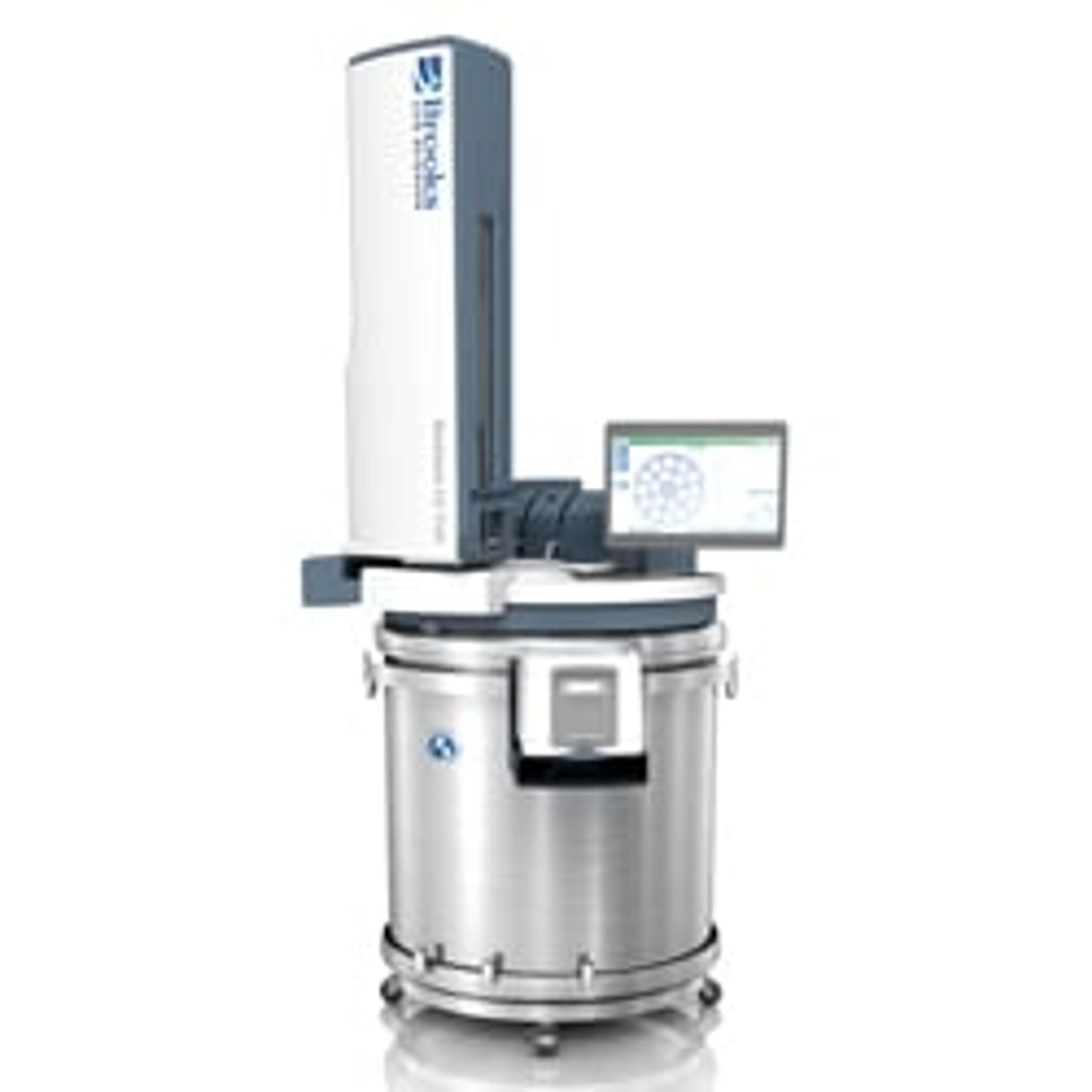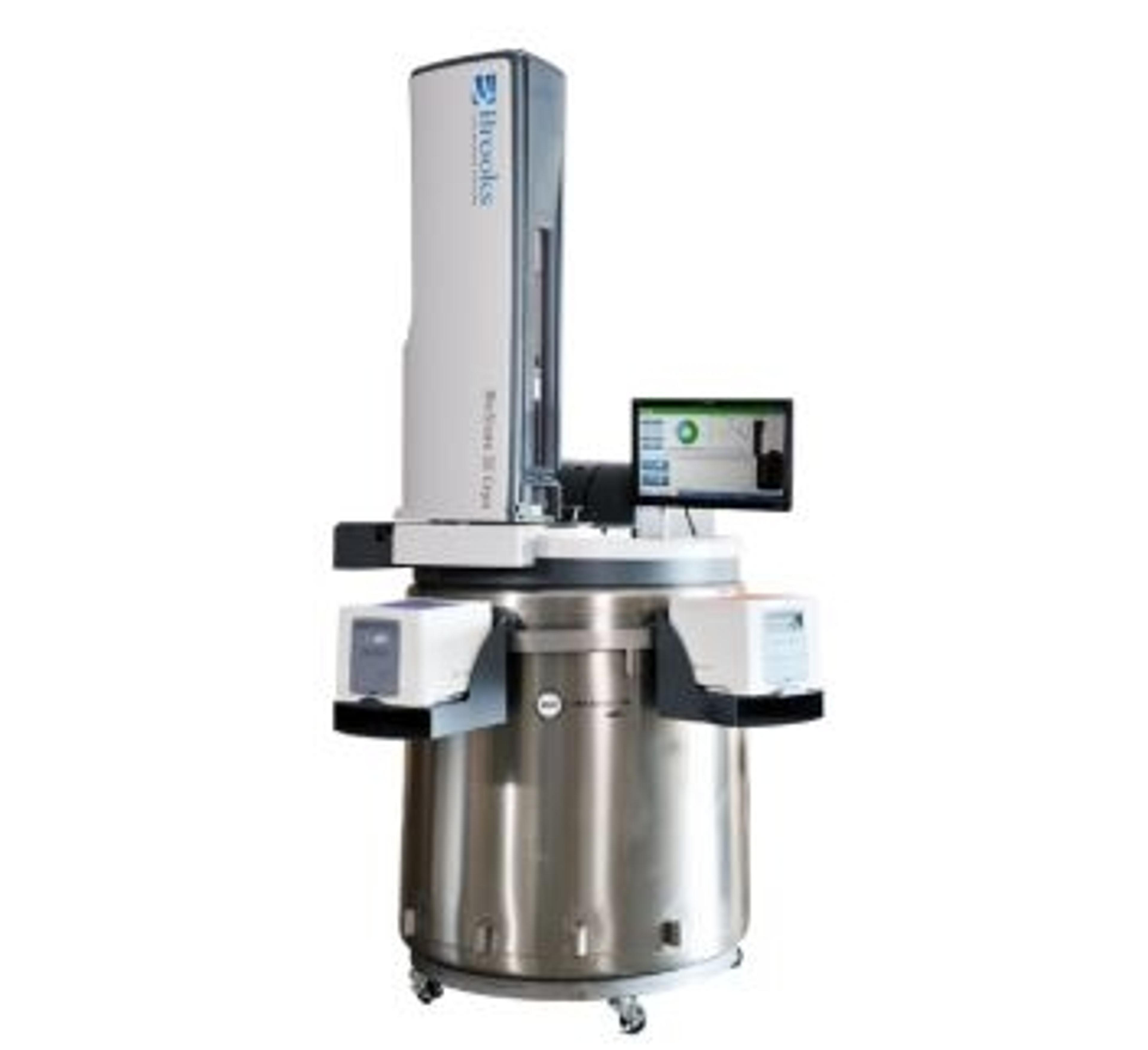Biobanking automation: All your questions answered
Learn how to optimize your biobanking processes for improved biological material quality, security and traceability
16 May 2021

The optimization of biobanking processes such as the collection, preservation, transportation and storage of biological material and associated data (BMaD) is highly desirable across drug development, clinical diagnostics and medical disciplines. To meet this demand, technological advancements including automation, software integration, and advanced biological material identification methods can provide innovative solutions to common challenges and greatly improve process efficiency.
In this on-demand webinar, Susan Garrison, Sample Collection Coordinator for the Cornell Biobank in Ithaca, NY, explains how automation technology and accompanying software designed for sample storage and retrieval can improve BMaD quality, security and traceability, as well as personnel safety and retention. Garrison also outlines how technological advances can assist in ISO standard compliance and improve biobank resilience to dynamic situations such as supply chain disruptions or other emergencies.
Register now to watch the webinar at a time that suits you or read on to find highlights from the live Q&A session.
Watch on demandQ: How can automation be cost-efficient?
SG: Firstly, I would consider personnel time. Using automation, more samples can be stored or distributed with less staff in a shorter amount of time. Secondly, the impact on personnel safety and retention may affect cost-efficiency. Automation can improve the safety features of sample storage and distribution and reduce the tedium of the tasks. Also, the fact that the automated technology is doing all the heavy lifting of these large racks can improve your personnel retention and could avoid the cost of hiring and training competent personnel repeatedly.
Finally, the value of your samples could increase due to the potential for increased quality. You would have decreased temperature excursion and innocent samples during storage and distribution, which can increase the value of your samples.
Q: How does automation improve efficiency in your day-to-day operation?
SG: Using automation for the physical removal of the boxes, and subsequently the cryotubes, happens much more quickly than if I were to remove them manually. In addition, normally we're not just removing one sample, we're removing a whole pick sheet. In fact, the BioStore can generate a pick sheet for you. Another advantage is the optimization of sample distribution using the BioStore software. This can generate the order of retrieval or storage of multiple boxes and is another feature that I use regularly to generate a more efficient order, rather than having to do it myself.
Q: How can you achieve standardization and sustainability when biobanking is not seen as relevant or valuable by either researchers or administrators?
SG: Educating organization leaders, university administrators and researchers on the costs of irreproducible research is probably a good beginning point, and one of the articles that I referenced in the presentation includes a study of irreproducible research and that was done by a group of economists. The education of leadership and researchers on the meaning of third-party accreditation and how this can be used to ensure stakeholder support and grant funding is crucial, as well as how the quality and consistency of biobanking materials can positively impact research reproducibility. For example, if the National Institutes of Health (NIH) is concerned about research reproducibility, this could be a factor in receiving grant funding. Ultimately, you need to convince your stakeholders of the value of your biobank and compliance with biobanking standards.
Q: Is the barcode box scanner software compatible with BarTender?
SG: Yes, the scan itself is exported as a CSV file and you can save as an Excel file and then import it into BarTender.
Q: How many samples can the BioStore™ III Cryo store in LN2 vapor?
SG: The storage capacity depends upon the tube and box configuration. For example, the BioStore III Cryo basic configuration is usually for 9 x 9 or 10 x 10 boxes and consists of 18 racks with the capacity to hold 14 boxes per rack. So, for 10 x 10 boxes, which hold 100 cryotubes, the configuration would be able to hold 252 boxes and a total of 25,200 cryotubes; for 9 x 9 boxes, it would be a little bit less – around 20,500 cryotubes. In addition, many types of racks can be customized for various storage containers. We have two racks within our BioStore that are customized for 4 x 6 boxes with 6 ml cryotubes rather than the 10 x 10 or 9 x 9 2 ml cryotubes. We use the 6 ml cryotubes for liquid biopsies or liquid biospecimen storage, such as equine synovial fluid.
SelectScience runs 10+ webinars a month across various scientific topics, discover more of our upcoming webinars>>


